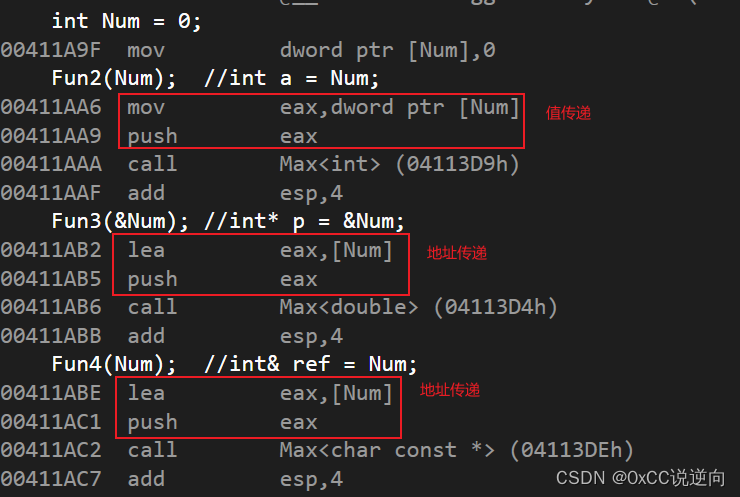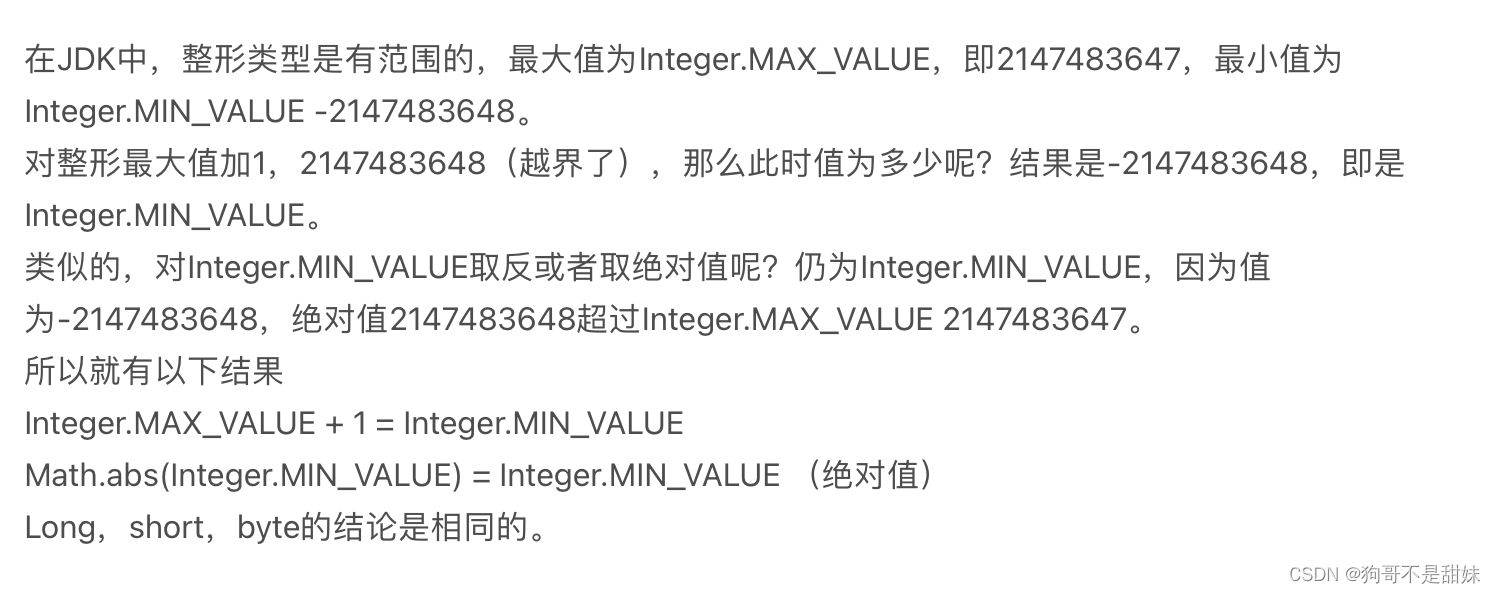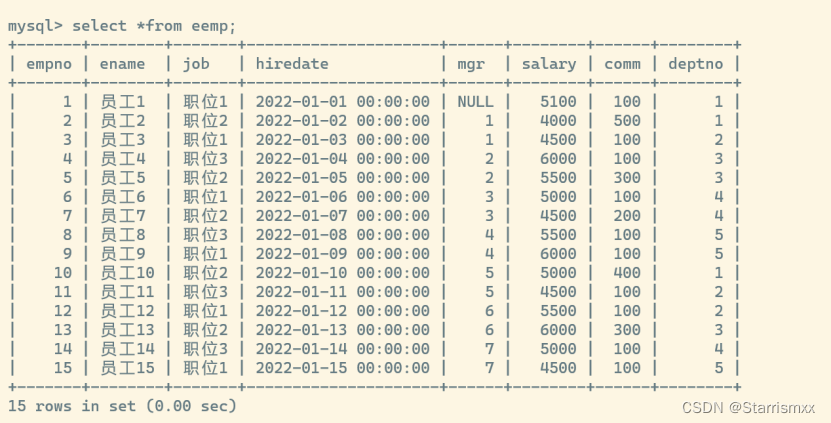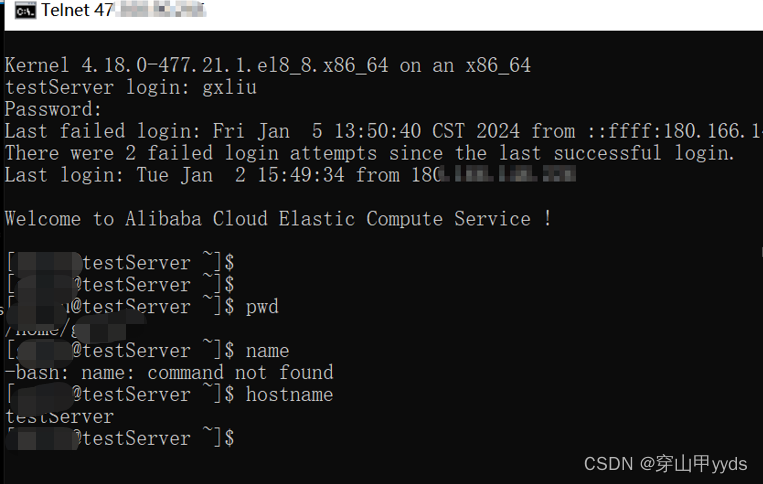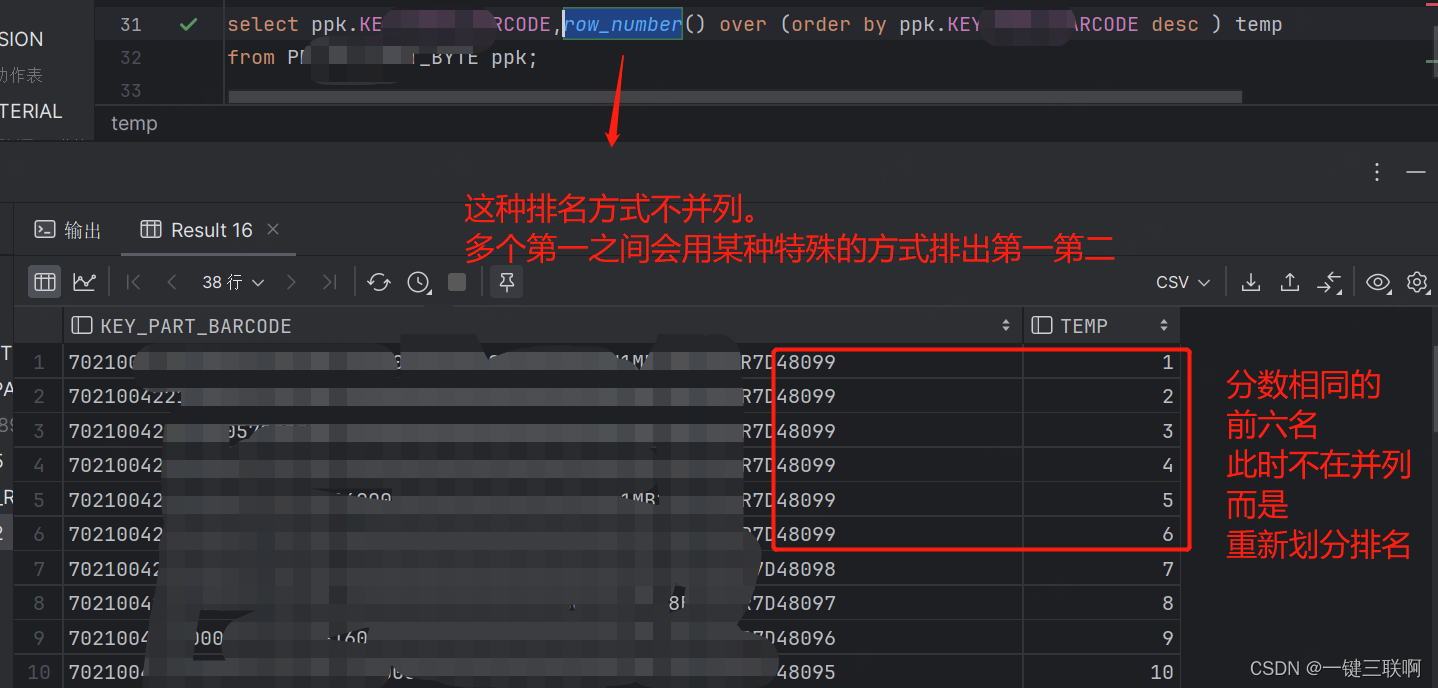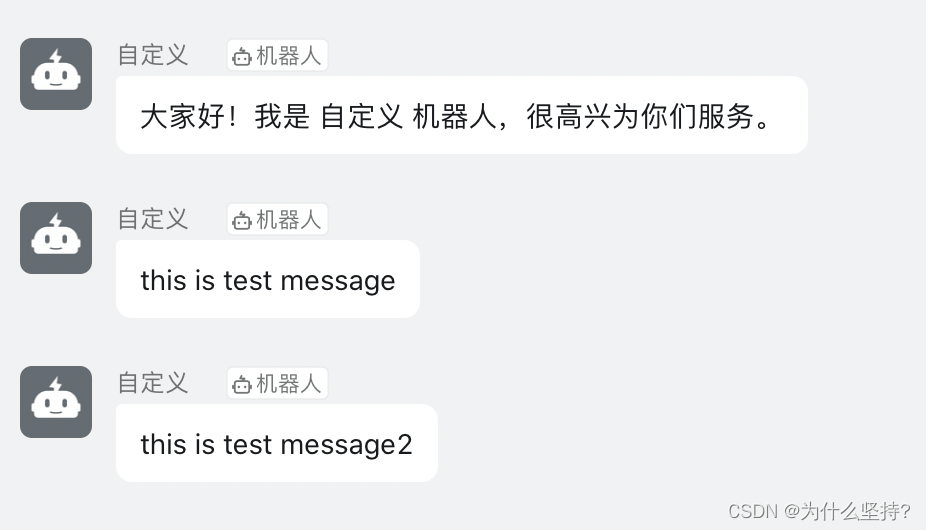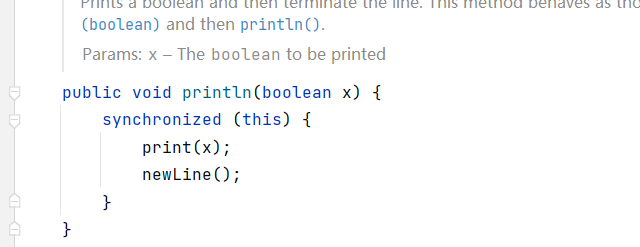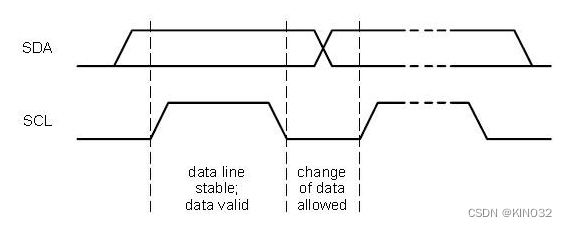1.相关API
1.1 GPIOSpeed_TypeDef
/**
* @brief Output Maximum frequency selection 最大频率选择
*/
typedef enum
{
GPIO_Speed_10MHz = 1,
GPIO_Speed_2MHz,
GPIO_Speed_50MHz
}GPIOSpeed_TypeDef;
1.2 GPIOMode_TypeDef
/**
* @brief Configuration Mode enumeration 配置模式枚举
*/
typedef enum
{ GPIO_Mode_AIN = 0x0, //模拟输入
GPIO_Mode_IN_FLOATING = 0x04, //浮空输入
GPIO_Mode_IPD = 0x28, //下拉输入
GPIO_Mode_IPU = 0x48, //上拉输入
GPIO_Mode_Out_OD = 0x14, //开漏输出
GPIO_Mode_Out_PP = 0x10, //推挽输出
GPIO_Mode_AF_OD = 0x1C, //复用功能开漏输出
GPIO_Mode_AF_PP = 0x18 //复用功能推挽输出
}GPIOMode_TypeDef;
1.3 GPIO_InitTypeDef
/**
* @brief GPIO Init structure definition
*/
typedef struct
{
uint16_t GPIO_Pin; /*!< Specifies the GPIO pins to be configured. 指定要配置的GPIO引脚。
This parameter can be any value of @ref 该参数可以是@ref的任意值
GPIO_pins_define */
GPIOSpeed_TypeDef GPIO_Speed; /*!< Specifies the speed for the selected pins. 指定所选引脚的速度。
This parameter can be a value of @ref
GPIOSpeed_TypeDef */
GPIOMode_TypeDef GPIO_Mode; /*!< Specifies the operating mode for the selected pins. 指定所选引脚的工作模式。
This parameter can be a value of @ref
GPIOMode_TypeDef */
}GPIO_InitTypeDef;
1.4 BitAction
/**
* @brief Bit_SET and Bit_RESET enumeration 位SET和位RESET枚举
*/
typedef enum
{ Bit_RESET = 0,
Bit_SET = 1;
}BitAction;
//这里一般用来强转 如果输入高低电平不是特定参数 而是0或1 则需要在0或1前面加上BitAction 如下:
GPIO_WriteBit(GPIOA,GPIO_Pin_0,(BitAction)0);
Delay_ms(500);
GPIO_WriteBit(GPIOA,GPIO_Pin_0,(BitAction)1);
Delay_ms(500);
1.5 GPIO_pins_define
/** @defgroup GPIO_pins_define GPIO引脚定义
* @{
*/
#define GPIO_Pin_0 ((uint16_t)0x0001) /*!< Pin 0 selected */
#define GPIO_Pin_1 ((uint16_t)0x0002) /*!< Pin 1 selected */
#define GPIO_Pin_2 ((uint16_t)0x0004) /*!< Pin 2 selected */
#define GPIO_Pin_3 ((uint16_t)0x0008) /*!< Pin 3 selected */
#define GPIO_Pin_4 ((uint16_t)0x0010) /*!< Pin 4 selected */
#define GPIO_Pin_5 ((uint16_t)0x0020) /*!< Pin 5 selected */
#define GPIO_Pin_6 ((uint16_t)0x0040) /*!< Pin 6 selected */
#define GPIO_Pin_7 ((uint16_t)0x0080) /*!< Pin 7 selected */
#define GPIO_Pin_8 ((uint16_t)0x0100) /*!< Pin 8 selected */
#define GPIO_Pin_9 ((uint16_t)0x0200) /*!< Pin 9 selected */
#define GPIO_Pin_10 ((uint16_t)0x0400) /*!< Pin 10 selected */
#define GPIO_Pin_11 ((uint16_t)0x0800) /*!< Pin 11 selected */
#define GPIO_Pin_12 ((uint16_t)0x1000) /*!< Pin 12 selected */
#define GPIO_Pin_13 ((uint16_t)0x2000) /*!< Pin 13 selected */
#define GPIO_Pin_14 ((uint16_t)0x4000) /*!< Pin 14 selected */
#define GPIO_Pin_15 ((uint16_t)0x8000) /*!< Pin 15 selected */
#define GPIO_Pin_All ((uint16_t)0xFFFF) /*!< All pins selected */
//c语言不支持2进制 需要写成16进制格式 最后一个对应16个端口1.6 GPIO_Init
void GPIO_Init(GPIO_TypeDef* GPIOx, GPIO_InitTypeDef* GPIO_InitStruct);
功能:
根据 GPIO_InitStruct 中指定的参数初始化外设 GPIOx 寄存器
参数:
GPIOx:x 可以是 A,B,C,D 或者 E,来选择 GPIO 外设
GPIO_InitStruct:指向结构 GPIO_InitTypeDef 的指针,包含了外设 GPIO 的配置信息
返回值:
无
1.7 GPIO_SetBits
void GPIO_SetBits(GPIO_TypeDef* GPIOx, uint16_t GPIO_Pin);
功能:
设置指定的数据端口位
参数:
GPIOx:x 可以是 A,B,C,D 或者 E,来选择 GPIO 外设
GPIO_Pin:待设置的端口位
返回值:
无
1.8 GPIO_ResetBits
void GPIO_ResetBits(GPIO_TypeDef* GPIOx, uint16_t GPIO_Pin);
功能:
清除指定的数据端口位
参数:
GPIOx:x 可以是 A,B,C,D 或者 E,来选择 GPIO 外设
GPIO_Pin:待设置的端口位
返回值:
无
1.9 GPIO_WriteBit
void GPIO_WriteBit(GPIO_TypeDef* GPIOx, uint16_t GPIO_Pin, BitAction BitVal);
功能:
设置或者清除指定的数据端口位
参数:
GPIOx:x 可以是 A,B,C,D 或者 E,来选择 GPIO 外设
GPIO_Pin:待设置或者清除指的端口位
返回值:
无
1.10 GPIO_Write
void GPIO_Write(GPIO_TypeDef* GPIOx, uint16_t PortVal);
功能:
向指定 GPIO 数据端口写入数据
参数:
GPIOx:x 可以是 A,B,C,D 或者 E,来选择 GPIO 外设
PortVal: 待写入端口数据寄存器的值
返回值:
无
//第二个参数需要写16进制 由于c语言不支持二进制 格式如下:
GPIO_Write(GPIOA,~0x0002);//0000 0000 0000 0010
Delay_ms(100);
GPIO_Write(GPIOA,~0x0004);//0000 0000 0000 0100
Delay_ms(100);
2.LED闪烁
2.1 接线图
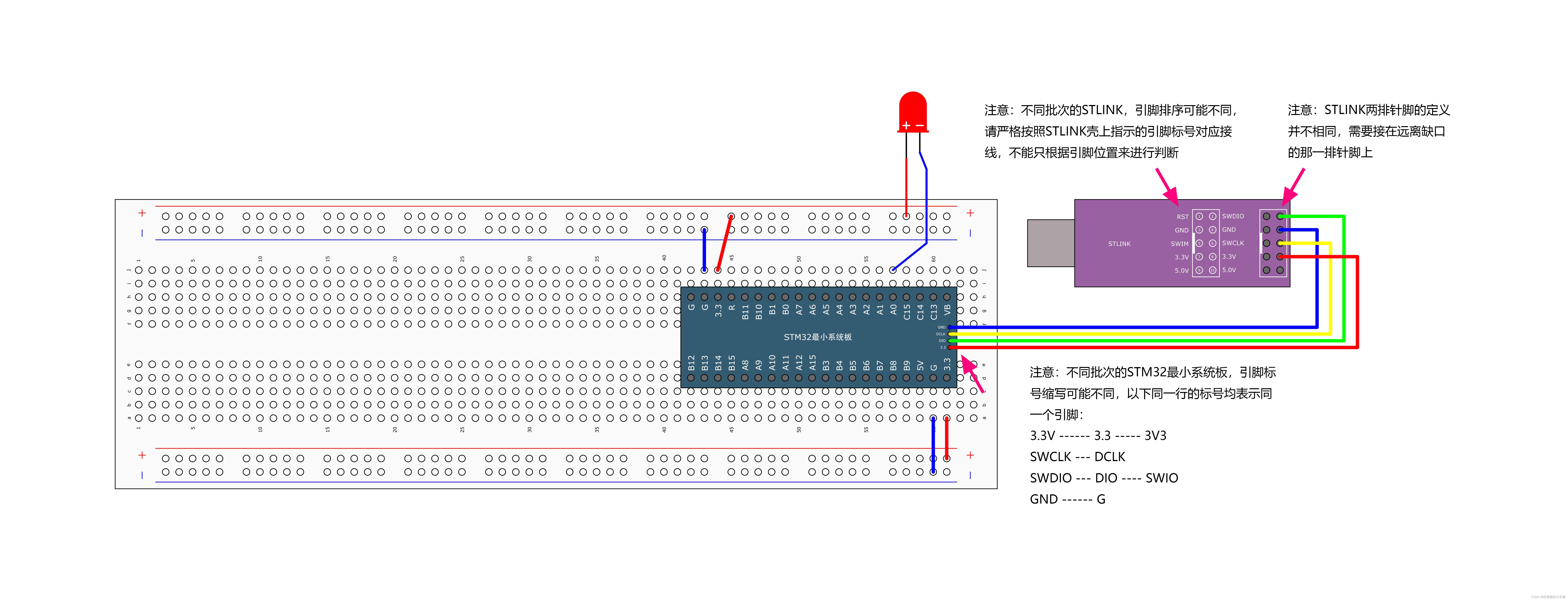
2.2 相关代码
main.c
#include "stm32f10x.h" // Device header
#include "Delay.h"
int main(void)
{
/*开启时钟*/
RCC_APB2PeriphClockCmd(RCC_APB2Periph_GPIOA, ENABLE); //开启GPIOA的时钟
//使用各个外设前必须开启时钟,否则对外设的操作无效
/*GPIO初始化*/
GPIO_InitTypeDef GPIO_InitStructure; //定义结构体变量
GPIO_InitStructure.GPIO_Mode = GPIO_Mode_Out_PP;//推挽模式(高低电平都能驱动):长脚接+ 短脚接PA0/ 短脚接PA0 长脚接-
//GPIO_InitStructure.GPIO_Mode = GPIO_Mode_Out_OD;//开漏模式(低电平驱动):长脚接+ 短脚接PA0
GPIO_InitStructure.GPIO_Pin = GPIO_Pin_0; //GPIO引脚,赋值为第0号引脚
GPIO_InitStructure.GPIO_Speed = GPIO_Speed_50MHz; //GPIO速度,赋值为50MHz
GPIO_Init(GPIOA, &GPIO_InitStructure); //将赋值后的构体变量传递给GPIO_Init函数
//函数内部会自动根据结构体的参数配置相应寄存器
//实现GPIOA的初始化
/*主循环,循环体内的代码会一直循环执行*/
while (1)
{
/*设置PA0引脚的高低电平,实现LED闪烁,下面展示3种方法*/
/*方法1:GPIO_ResetBits设置低电平,GPIO_SetBits设置高电平*/
GPIO_ResetBits(GPIOA, GPIO_Pin_0); //将PA0引脚设置为低电平
Delay_ms(500); //延时500ms
GPIO_SetBits(GPIOA, GPIO_Pin_0); //将PA0引脚设置为高电平
Delay_ms(500); //延时500ms
/*方法2:GPIO_WriteBit设置低/高电平,由Bit_RESET/Bit_SET指定*/
GPIO_WriteBit(GPIOA, GPIO_Pin_0, Bit_RESET); //将PA0引脚设置为低电平
Delay_ms(500); //延时500ms
GPIO_WriteBit(GPIOA, GPIO_Pin_0, Bit_SET); //将PA0引脚设置为高电平
Delay_ms(500); //延时500ms
/*方法3:GPIO_WriteBit设置低/高电平,由数据0/1指定,数据需要强转为BitAction类型*/
GPIO_WriteBit(GPIOA, GPIO_Pin_0, (BitAction)0); //将PA0引脚设置为低电平
Delay_ms(500); //延时500ms
GPIO_WriteBit(GPIOA, GPIO_Pin_0, (BitAction)1); //将PA0引脚设置为高电平
Delay_ms(500); //延时500ms
}
}
现象:LED灯每隔500ms闪烁一次
3.LED流水灯
3.1 接线图
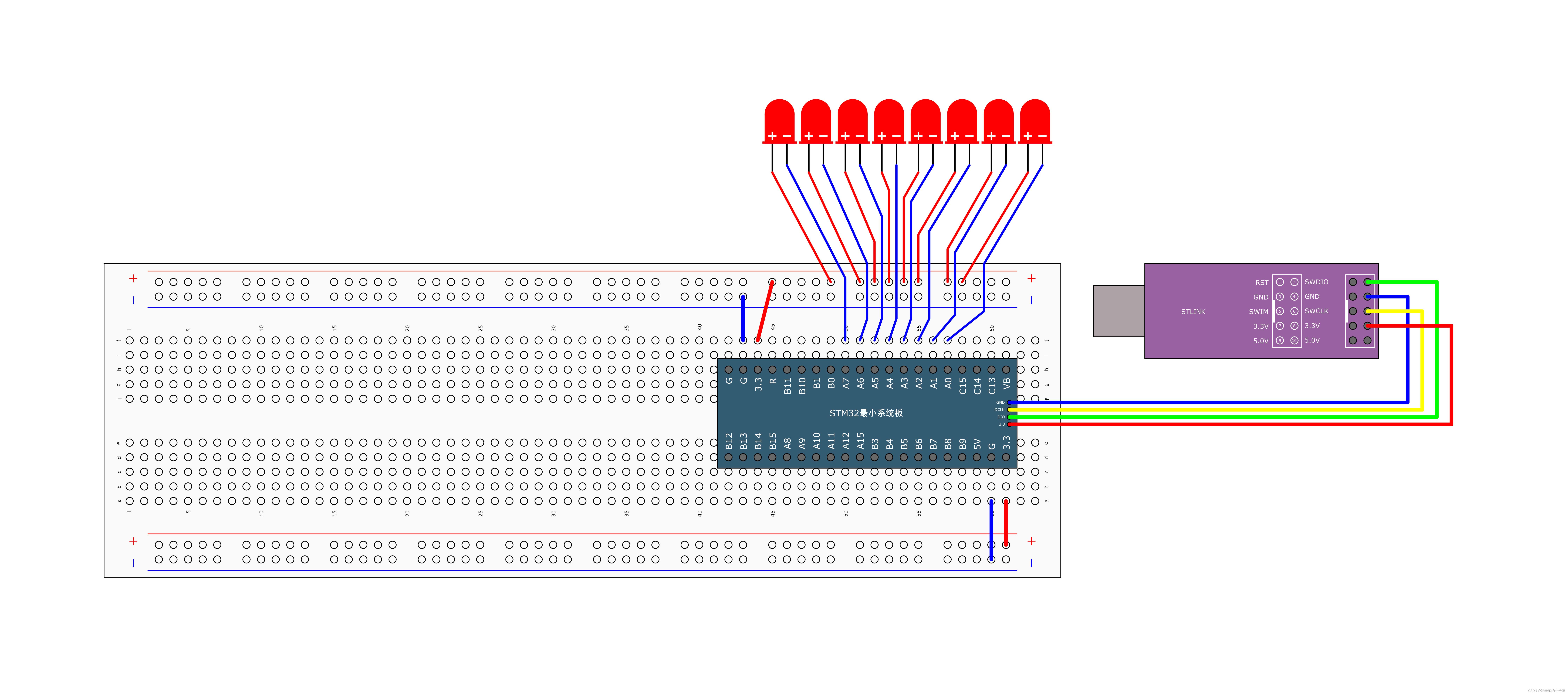
3.2 相关代码
main.c
#include "stm32f10x.h" // Device header
#include "Delay.h"
int main(void)
{
RCC_APB2PeriphClockCmd(RCC_APB2Periph_GPIOA,ENABLE);
GPIO_InitTypeDef GPIO_InitStructure;
//GPIO_InitStructure.GPIO_Mode = GPIO_Mode_Out_PP;//推挽模式(高低电平都能驱动):长脚接+ 短脚接PA0/ 短脚接PA0 长脚接-
GPIO_InitStructure.GPIO_Mode = GPIO_Mode_Out_OD;//开漏模式(低电平驱动):长脚接+ 短脚接PA0
GPIO_InitStructure.GPIO_Pin = GPIO_Pin_All;//这里只用了低八位来演示 高八位暂时用不到 索性直接选择了全部 如果要只选择前八位 可以用以下格式:GPIO_Pin_0 | GPIO_Pin_1 | GPIO_Pin_2...以此类推
GPIO_InitStructure.GPIO_Speed = GPIO_Speed_50MHz;//GPIO速度,赋值为50MHz
GPIO_Init(GPIOA,&GPIO_InitStructure);
while(1)
{
/*使用GPIO_Write,同时设置GPIOA所有引脚的高低电平,实现LED流水灯*/
GPIO_Write(GPIOA, ~0x0001); //0000 0000 0000 0001,PA0引脚为低电平,其他引脚均为高电平,注意数据有按位取反
Delay_ms(100); //延时100ms
GPIO_Write(GPIOA, ~0x0002); //0000 0000 0000 0010,PA1引脚为低电平,其他引脚均为高电平
Delay_ms(100); //延时100ms
GPIO_Write(GPIOA, ~0x0004); //0000 0000 0000 0100,PA2引脚为低电平,其他引脚均为高电平
Delay_ms(100); //延时100ms
GPIO_Write(GPIOA, ~0x0008); //0000 0000 0000 1000,PA3引脚为低电平,其他引脚均为高电平
Delay_ms(100); //延时100ms
GPIO_Write(GPIOA, ~0x0010); //0000 0000 0001 0000,PA4引脚为低电平,其他引脚均为高电平
Delay_ms(100); //延时100ms
GPIO_Write(GPIOA, ~0x0020); //0000 0000 0010 0000,PA5引脚为低电平,其他引脚均为高电平
Delay_ms(100); //延时100ms
GPIO_Write(GPIOA, ~0x0040); //0000 0000 0100 0000,PA6引脚为低电平,其他引脚均为高电平
Delay_ms(100); //延时100ms
GPIO_Write(GPIOA, ~0x0080); //0000 0000 1000 0000,PA7引脚为低电平,其他引脚均为高电平
Delay_ms(100); //延时100ms
}
}
}现象:8个LED灯每隔100ms闪烁一次 形成流水灯
4.蜂鸣器
4.1 接线图
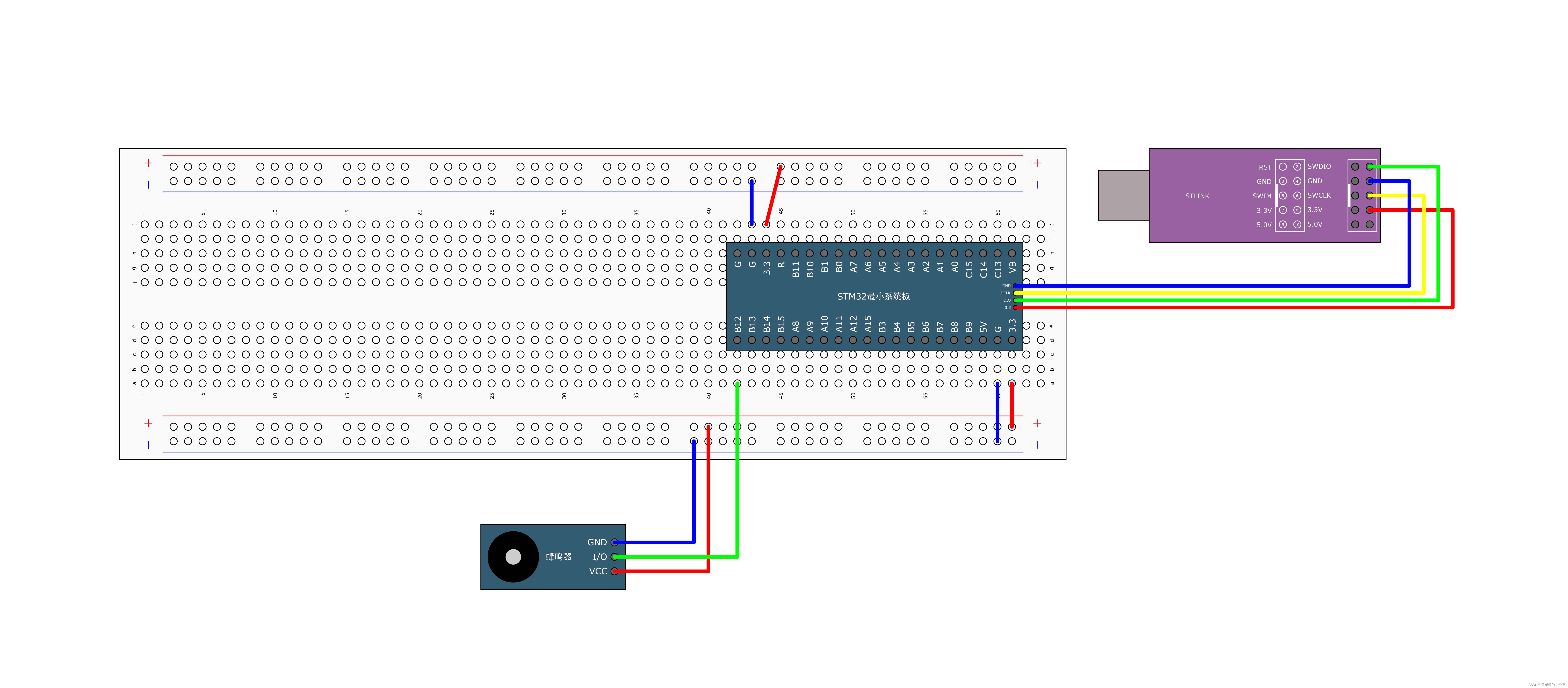
4.2 相关代码
main.c
#include "stm32f10x.h" // Device header
#include "Delay.h"
int main(void)
{
/*开启时钟*/
RCC_APB2PeriphClockCmd(RCC_APB2Periph_GPIOB, ENABLE); //开启GPIOB的时钟
//使用各个外设前必须开启时钟,否则对外设的操作无效
/*GPIO初始化*/
GPIO_InitTypeDef GPIO_InitStructure; //定义结构体变量
GPIO_InitStructure.GPIO_Mode = GPIO_Mode_Out_PP; //GPIO模式,赋值为推挽输出模式
GPIO_InitStructure.GPIO_Pin = GPIO_Pin_12; //GPIO引脚,赋值为第12号引脚
GPIO_InitStructure.GPIO_Speed = GPIO_Speed_50MHz; //GPIO速度,赋值为50MHz
GPIO_Init(GPIOB, &GPIO_InitStructure); //将赋值后的构体变量传递给GPIO_Init函数
//函数内部会自动根据结构体的参数配置相应寄存器
//实现GPIOB的初始化
/*主循环,循环体内的代码会一直循环执行*/
while (1)
{
GPIO_ResetBits(GPIOB, GPIO_Pin_12); //将PB12引脚设置为低电平,蜂鸣器鸣叫
Delay_ms(100); //延时100ms
GPIO_SetBits(GPIOB, GPIO_Pin_12); //将PB12引脚设置为高电平,蜂鸣器停止
Delay_ms(100); //延时100ms
GPIO_ResetBits(GPIOB, GPIO_Pin_12); //将PB12引脚设置为低电平,蜂鸣器鸣叫
Delay_ms(100); //延时100ms
GPIO_SetBits(GPIOB, GPIO_Pin_12); //将PB12引脚设置为高电平,蜂鸣器停止
Delay_ms(700); //延时700ms
}
}
现象:蜂鸣器第一次叫100ms 第二次叫后个700ms再叫一次 不断循环 类似与闹钟发出的声音
